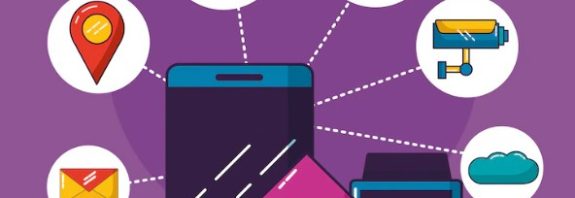How the Internet works

How the Internet works? The Internet is a global network made up of millions of smaller networks interacting with each other. The main components of the Internet infrastructure include:
The Internet has become an integral part of modern life, allowing us to communicate, work, learn and have fun
But how does the Internet work, this complex mechanism that connects billions of devices around the world? In this article, we’ll look at the basic principles of how the Internet works, from the physical infrastructure to the protocols and software.
Internet infrastructure
The Internet is a global network made up of millions of smaller networks interacting with each other. The main components of the Internet infrastructure include:
Cables and network devices: The Internet uses various types of cables, such as optical fibers, coaxial cables, and copper wires. Optical fibers are the most efficient because they can transmit data over long distances at high speeds. Cables connect network devices such as routers, switches, and modems.
Data Centers: These are large complexes of servers that store and process data. They provide cloud services, websites, applications and other Internet resources.
Internet Service Providers (ISPs): ISPs provide Internet connectivity to end users. They have their own infrastructure that connects to the global network.
Protocols and standards
The Internet is based on sets of protocols and standards that define the rules for data transmission. The main ones include:
Internet Protocol (IP): This is the primary protocol responsible for addressing and routing data packets between devices. There are two main versions of IP: IPv4 and IPv6. IPv4 uses 32-bit addresses, providing about 4.3 billion unique addresses. IPv6 uses 128-bit addresses, which allows for a huge number of unique addresses.
Transmission Control Protocol (TCP): TCP is responsible for establishing connections between devices and ensuring reliable data transmission. It breaks the data into small packets that are sent individually and collected in the correct order at the end device.
Hypertext Transfer Protocol (HTTP/HTTPS): This is the protocol used to transfer web pages. HTTPS is a secure version of HTTP that uses encryption to protect data.
Data transfer process
Client request: When a user enters a website address in a browser, the browser makes a request to the server using DNS (Domain Name System) to convert the domain name to the server’s IP address.
Routing: The request is sent through a network of routers that determine the most efficient path to the destination server. Routers use routing tables and algorithms to make routing decisions.
Processing on the server: The server receives the request, processes it and sends a response. For example, the server may store the HTML code of the web page that it will send back to the client.
Client response: The data is returned the same way through the network of routers to the user’s browser, where it is processed and displayed as a web page.
Internet security
The Internet has a number of mechanisms to ensure the security of data transmission:
Encryption: Encrypting data protects it from unauthorized access. HTTPS, for example, uses SSL/TLS to encrypt data between the browser and the server.
Firewalls: These are systems that monitor and filter network traffic, protecting devices from unwanted connections and attacks.
Antivirus software: Programs that protect devices from malicious software that can steal data or damage the system.
Conclusion
The Internet is a complex network consisting of many interacting components and protocols. Its operation depends on physical infrastructure, data transmission standards and security mechanisms. Understanding the basic principles of the Internet helps us to better appreciate its importance and complexity, and to use its resources more efficiently.









